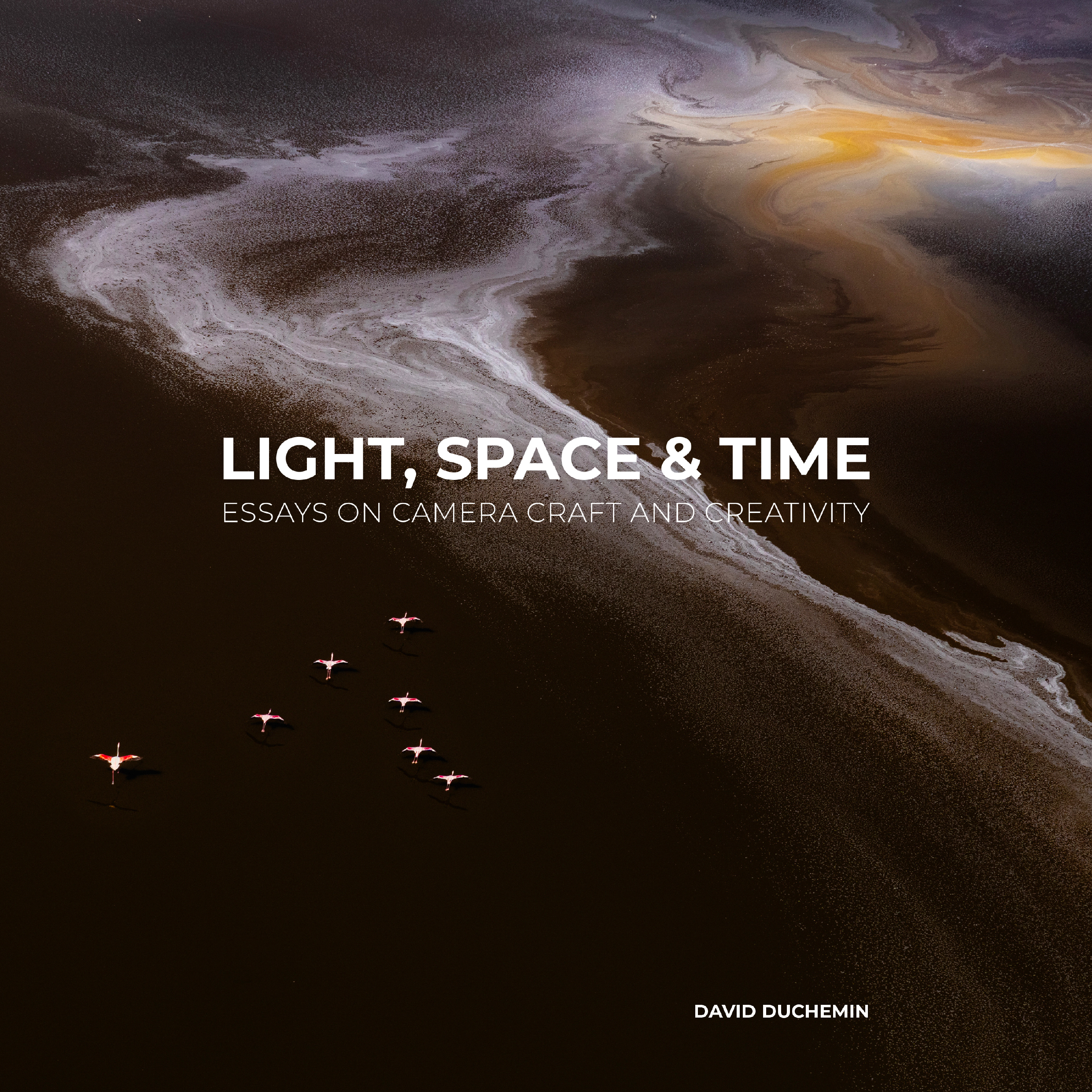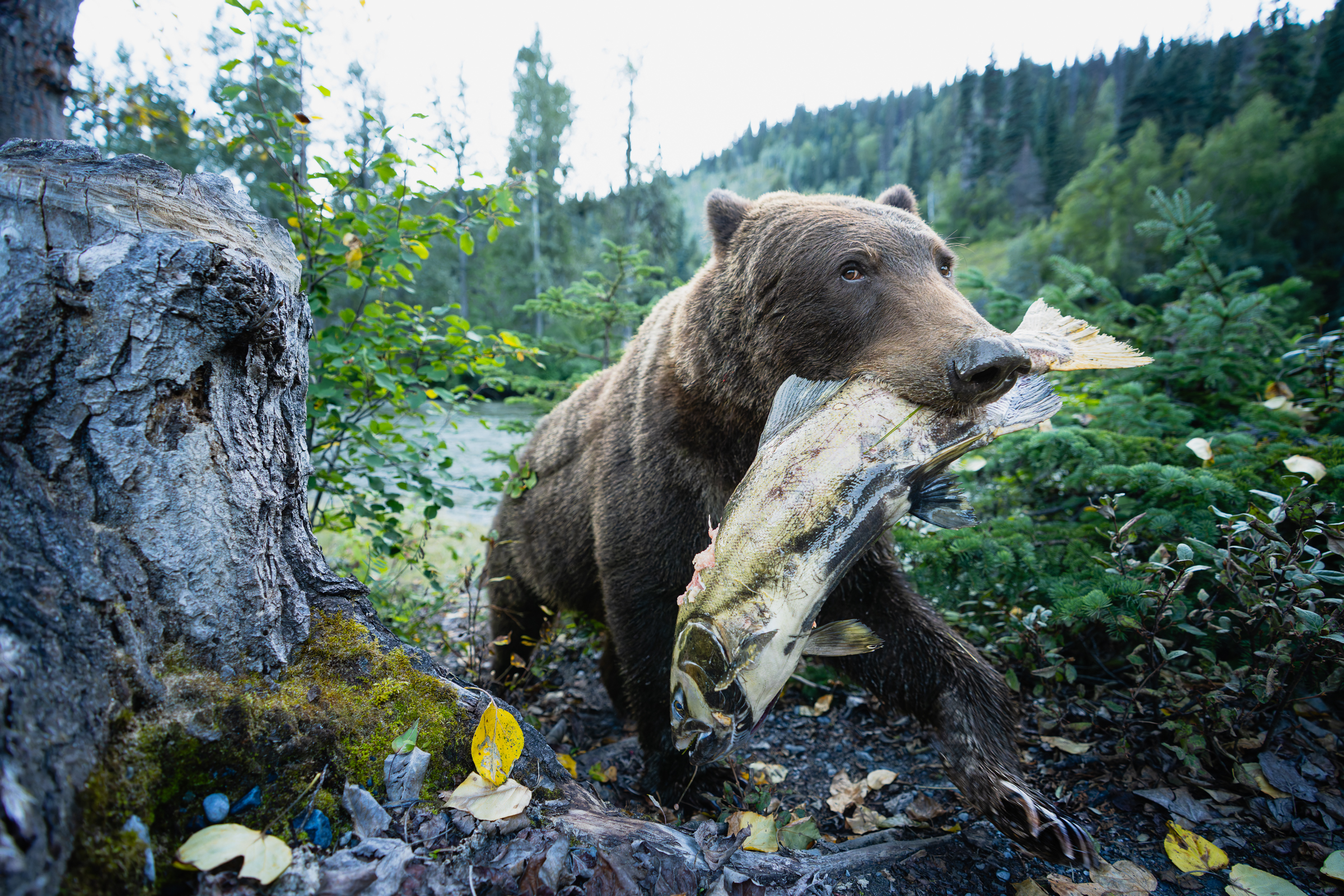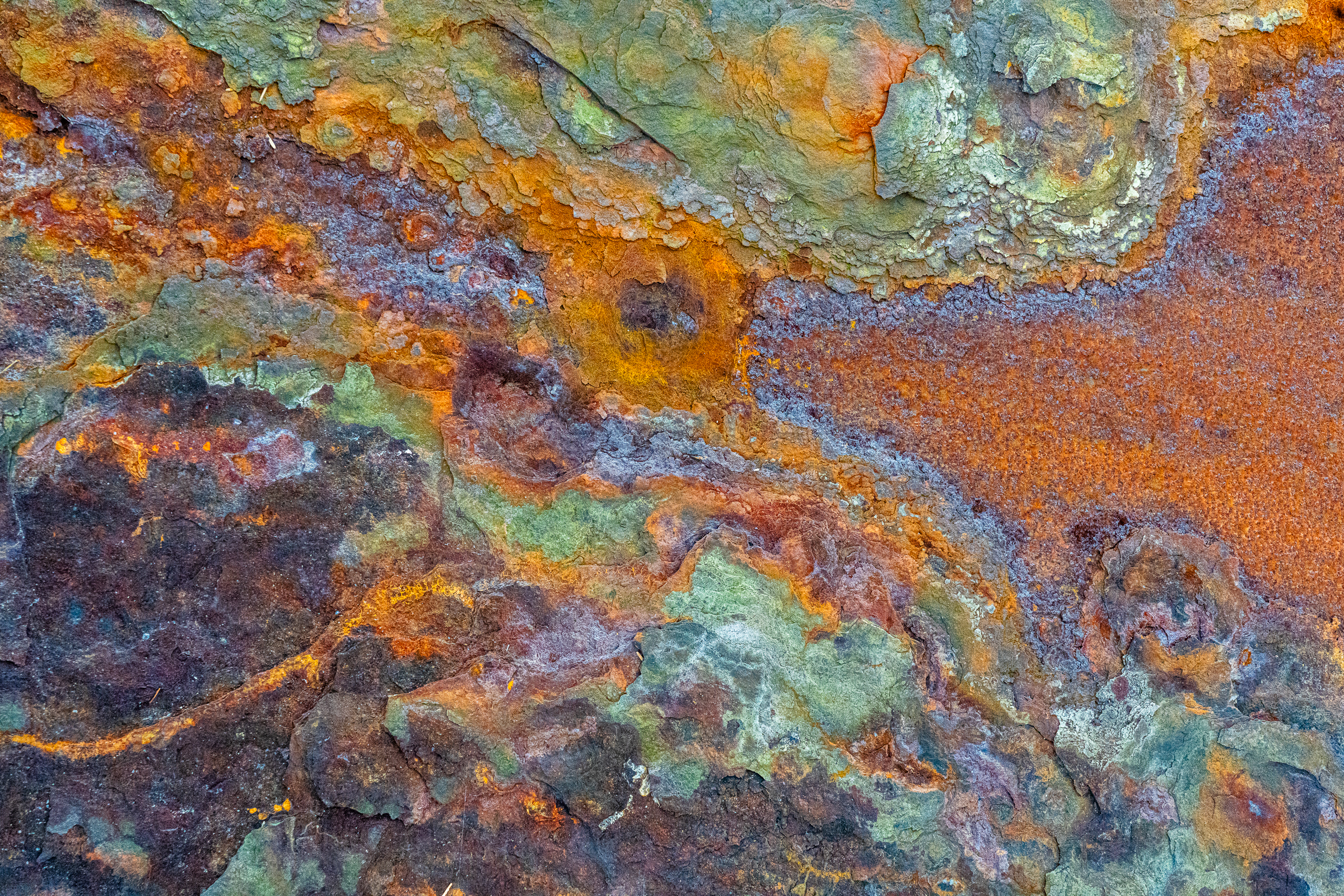[ad_1]
Watch the short video above, or keep reading if you prefer the written word.
Too many photographers look to the work they do with the camera as job one, which it is. But it’s not the only job. Your ability to edit down to your keepers, to process them in ways that are consistent with your voice, and to do something with those photographs, are as much a vital part of your craft as the camera work.
What about the edit?
The choice we make to select one final frame from among many is one of the most important choices we can make. It is part of what it means to make a great photograph. When we make a body of work, we have to choose a dozen or two dozen final photographs from what might be hundreds or thousands of sketch images or possible alternatives—the ability to do this is no less important than the ability to choose a shutter speed, aperture, or composition.
So how should we be thinking about these choices? And why are so few photographers talking about it when I know so many of them are overwhelmed by it? I wonder if it’s as simple as believing that it’s just not as important. Just pick something sharp and well-exposed and move on? Or do we just pick all the images that aren’t stinkers and call it done?
I think one of the most overlooked ways to improve your photography right now—without the need to upgrade your camera or get the latest version of your favourite lens—is to get pickier. To begin thinking about your choice of final frames more creatively. More intentionally.
Ansel Adams said that 12 images a year was a good crop. I don’t generally think of my photographs as plants, but I like his point. And I suspect your work would be better if you were more selective, more creative about the ways you looked at editing down to your keepers, and more intentional with what you did with your images. If we all did that we’d make better, stronger photographs.
So, I wonder:
- When you edit or select your best work, what questions are you asking yourself?
- What criteria do you have for making that selection?
- How much do you trust that process?
- Are you still deleting everything that doesn’t make the cut the first time around?
- Are you looking for quantity or quality—and do you have a clear system for understanding what that means to you?
I’ve heard it said that photographers are their own worst editors, but I wonder if that’s only because we often don’t give the editing as much thought as we give to our gear or our camera work.
And—because I’ve been that guy—I wonder how many are just relying on the Un-Suck filter in Photoshop or Lightroom to “polish a turd” rather than choosing an image that’s, ahem, not a turd in the first place.
I have two points to this. The first is a plea. It’s more than the nudge I might normally give you. I’m practically begging you to ask yourself what it would take for you to be pickier with the images you choose as your final selects and which ones you relegate to the archives.
Could you be giving the whole process a little more time, or actually—because my approach to editing takes less time—could you be giving it more focus and attention?
Could you be clearer about your selection criteria and more intentional about what you’re choosing those images for in the first place? What would your accumulated work look like in a year if you didn’t settle on the 3-stars but chose only the ones that were an unqualified “Hell, yes!”?
Your work can be so much stronger simply by choosing stronger photographs, and you can learn to do this.
Earlier this week, I talked about three ways we could love our photographs more. This is the big one: desire more for them. Demand more from them. Hold out for the very best of them. Never settle. But how do we do that?
In a couple days I’ll be inviting you to join me for this year’s Beyond The Shutter course, which I created to help photographers get clearer about one big question and that’s this:
“I just shot a bunch of photographs. Now what?”
It’s about editing down to your best work, but more than that, it’s about how you think about editing, how you can make it less overwhelming, what criteria you can use to select your best work, and how you can use the tools in Adobe Lightroom to help with that?
It’s about doing something beautiful and meaningful with your photographs, like monographs, multi-media presentations, or web-galleries and using the tools you already have in Adobe Lightroom to do this much more easily than you might believe possible.
One of my most popular courses to date, Beyond The Shutter is a video course created to help you become the strongest photographer you can be. To be less intimidated, less overwhelmed by the stuff that needs to happen once you put the camera down, in order to make stronger choices. It’s about the neglected other half of our creative process, a part of our craft that—once I engaged with it myself and stopped being so ad hoc about it—has become one of the most rewarding parts of what I do, rather than a dreaded after-thought.
I want to help change your thinking about it. I want to show you my own process and how I make things like the monographs I send out, and so much more.
You’ll get all the details this Sunday. The ideas and techniques I want to share with you will change your enjoyment of this craft you love so much, and will help you take next steps toward being more creative and intentional in the work you do beyond the shutter, and be more satisfied with the final results.
Last year’s course was amazing and brought huge changes to the photographers who joined me. They said things like:
“I never imagined this course would so increase my joy in making photographs. This deeper understanding of the editing process makes my own camera work more creative, focused, and playful,”
“You’ve hit this one out of the ballpark! I am so impressed with this series. I’m picking up so much concrete advice.“
Keep an eye open for more details on Sunday and your invitation to join me for Beyond The Shutter.
Did you miss the second part of this series? You can still read it or watch the video HERE.
For the Love of the Photograph,
David
[ad_2]
Source link




















